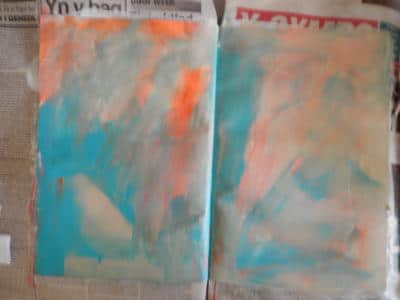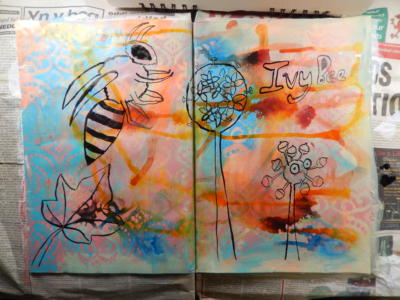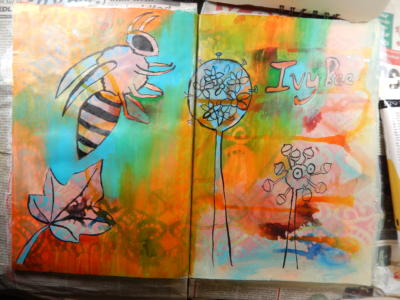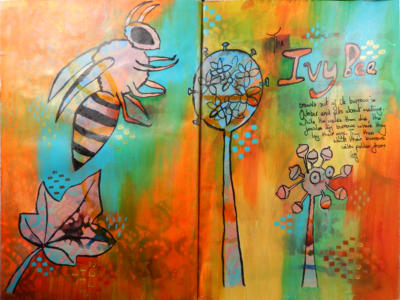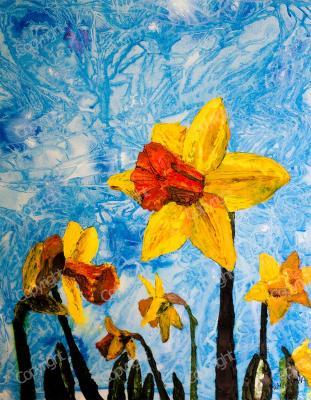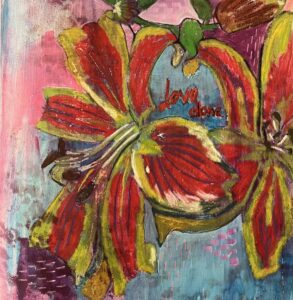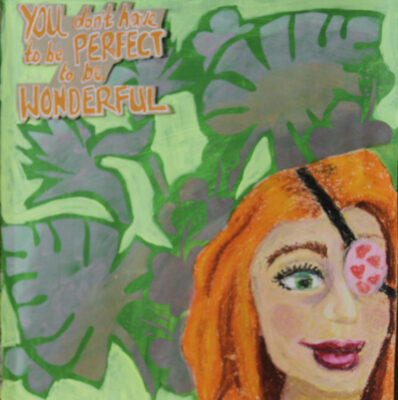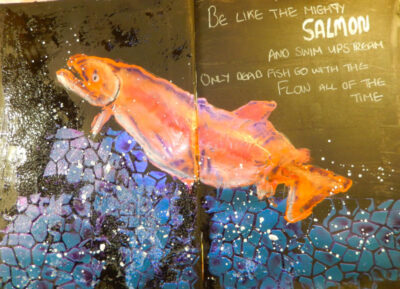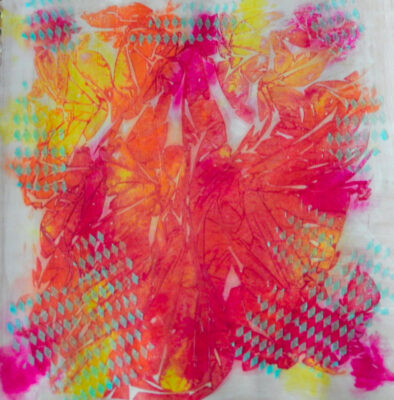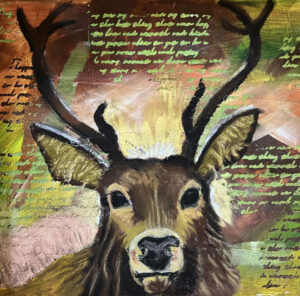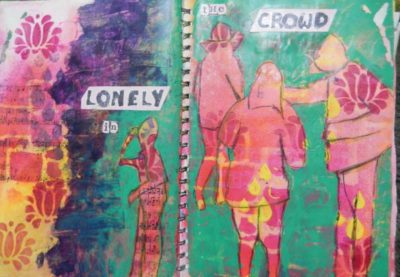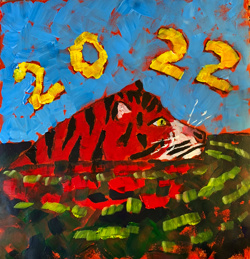What Do You Mean by Layering?
Layering in art means letting one application of paint dry before adding another. In some painting the layers are translucent, typically with watercolours but oils and acrylics can both be translucent, and so the layers beneath affect the colour of the outcome. In other painting opaque layers are used to obscure parts of the previous layers, for example when painting animal fur a dark layer may go down first followed by gradually lighter areas. In my painting I use translucent and opaque paints in my layering.
In contrast some art is created in a single layer such as when working graphically. Think of colouring pages where areas of the painting are filled in, in one go.
In digital art the use of layers gives the creator extreme flexibility over the look of the final image. Layers can be added, removed or adjusted after the creation of further layers. Layering in digital art is also a great way to organise the artwork in the file.
How I Do Layering in Art
Layering gives a lot of options when creating art. For my expressive floral art works I start with a couple of expressive layers that are not thought out too much. In the first I choose colours that work together and apply them with a sponge or large brush or even a roller. I will often add runs of paint now just for the pure joy of watching intense colour flow down the page. Then I add 1 – 3 layers of stencilling/spraying thought lace in colours/tones that contrast highly with the previous layers. At this point I will often have to leave the painting for a few days before I can ‘lose’ parts of this colourful creation. The next stage is to add line-work which serves to ‘save’ areas of the background. Then I return with a brush and paint around these lines.
The gallery below shows and example of layering in my art journal:
Gallery of Layering Acrylic Paint Techniques
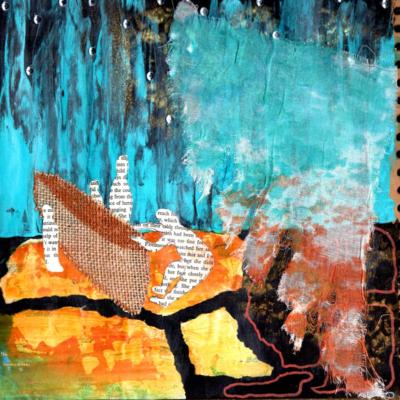
In other art I like to use collage, embossing powder, texture paste, embellishments and oil pastels within my layering. I also use a layering approach when using oils or acrylics to paint people and animals. You can see in the painting to the right, which I demonstrate in my course: ‘Playing with Paint’, how I have added collage over paint and then fabric over that.
Why I Do Layering in Artwork
For me layering:
- allows me to be very expressive, especially in the first few layers
- allows me to work by adding to/taking away from previous layers – the first few layers cover the whole page
- allows for an element of random to influence the painting providing unexpected results – when I use stencilling and add paint drips
Points to Remember When Layering in Artwork
Some supplies will move/interact with things put on top of them e.g. distress oxides will interact with any wet media (water, gesso, paint) that is put on top of them. So choose permanent supplies for your early layers i.e. choose archival inks for stamping on the bottom layers. Some supplies will act as a resist e.g. oil pastels, wax crayons, oil/wax pencils, embossing powder, gel medium (to water colours and inks). Oil based supplies will take a lot longer to dry completely than other supplies such as acrylic so should not go under them. Different supplies have different covering power (opacity) i.e. a translucent yellow will not show up over a darker supply. Here is a post about background techniques that will help get started with layering.
Painting in Layers with Acrylic
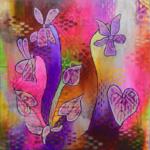
When just using acrylic the layering process is more straightforward. The main considerations are the opacity of the paint depending on what you want to achieve. An example would be if you wanted to change an area on the layer you had just finished. Acrylic paint can be quite forgiving in this area as there are a wide variety of opaque paints which will cover the previous layer making amendments straightforward. Alternatively, if you don’t have an opaque version of the colour you need you can cover the area with white first or even just mix white in with the colour you want to paint over with. Another potential of a layering process is that when using translucent acrylics you can allow the previous layer to show through your new paint layer. In this way you can subtly alter the colour of the previous layer perhaps to give a certain colour cast to an area or for chromatic colour mixing in which the layered colours blend to produce a different colour e.g. a yellow layer over a blue one to give a green effect.
The Art of Layering
Some artists I love whose art is layering include:
Go check them out!
I hope this has been helpful
Hugs, Ceri xx

